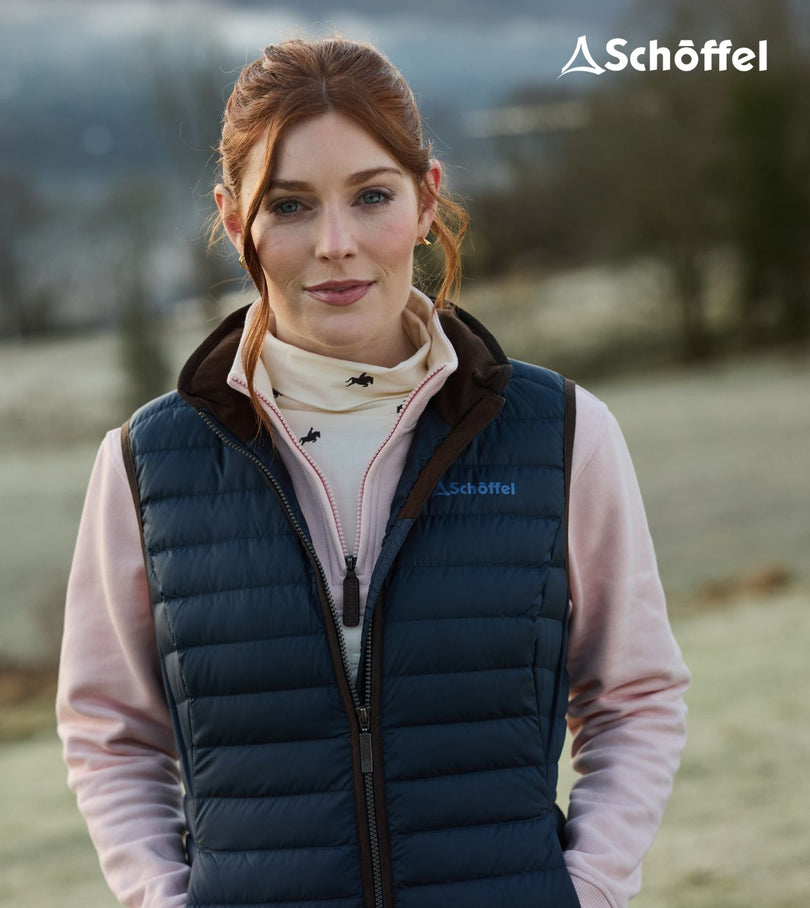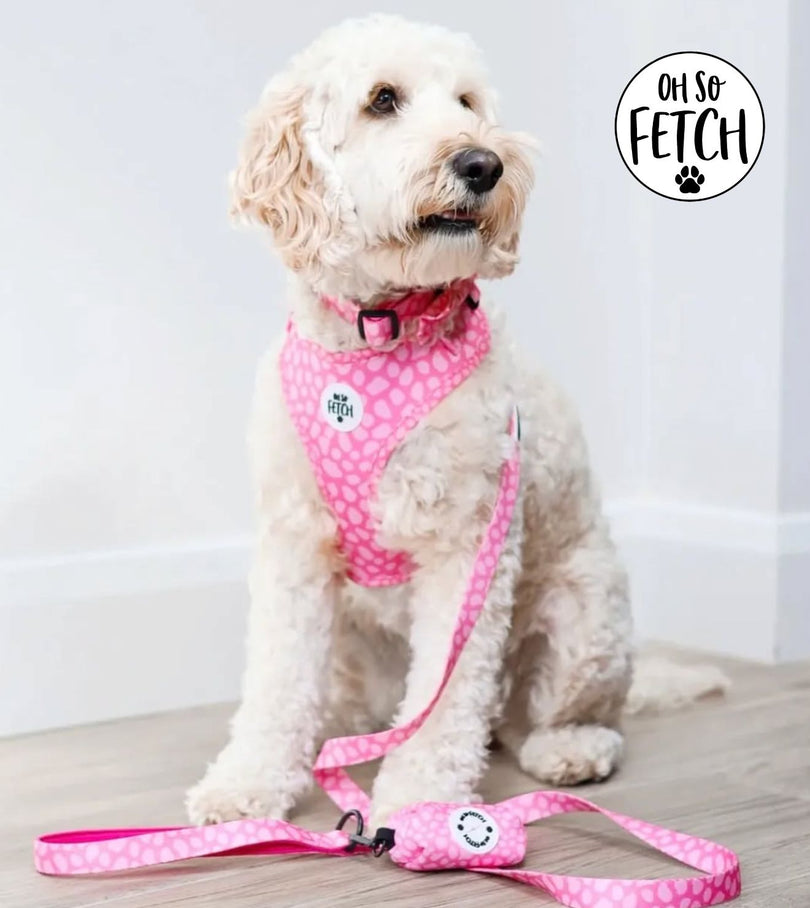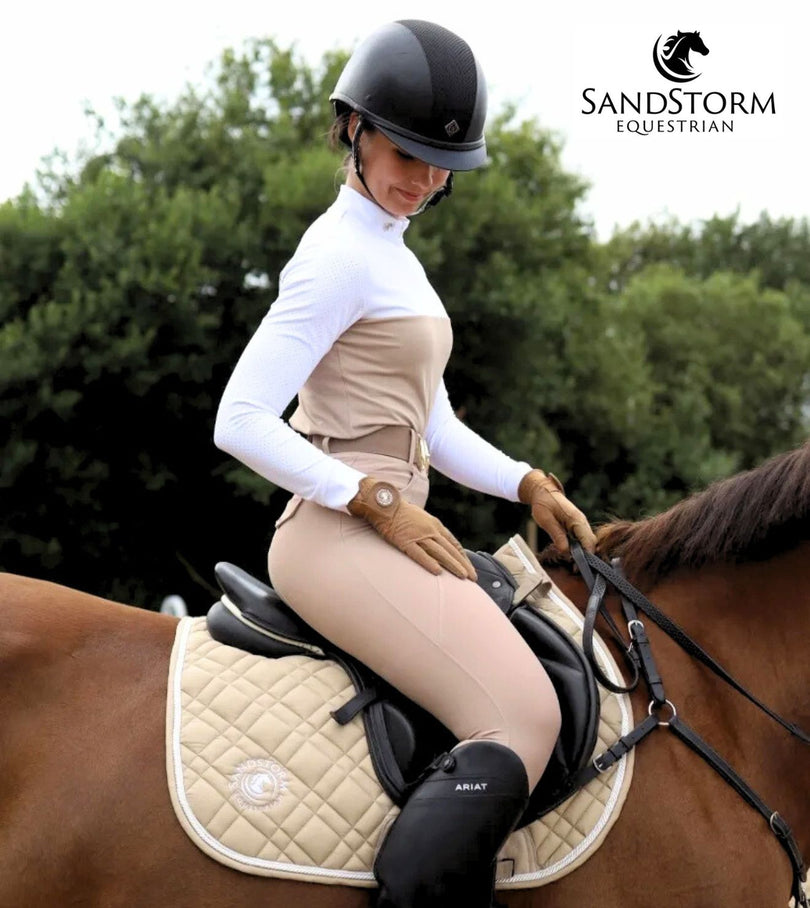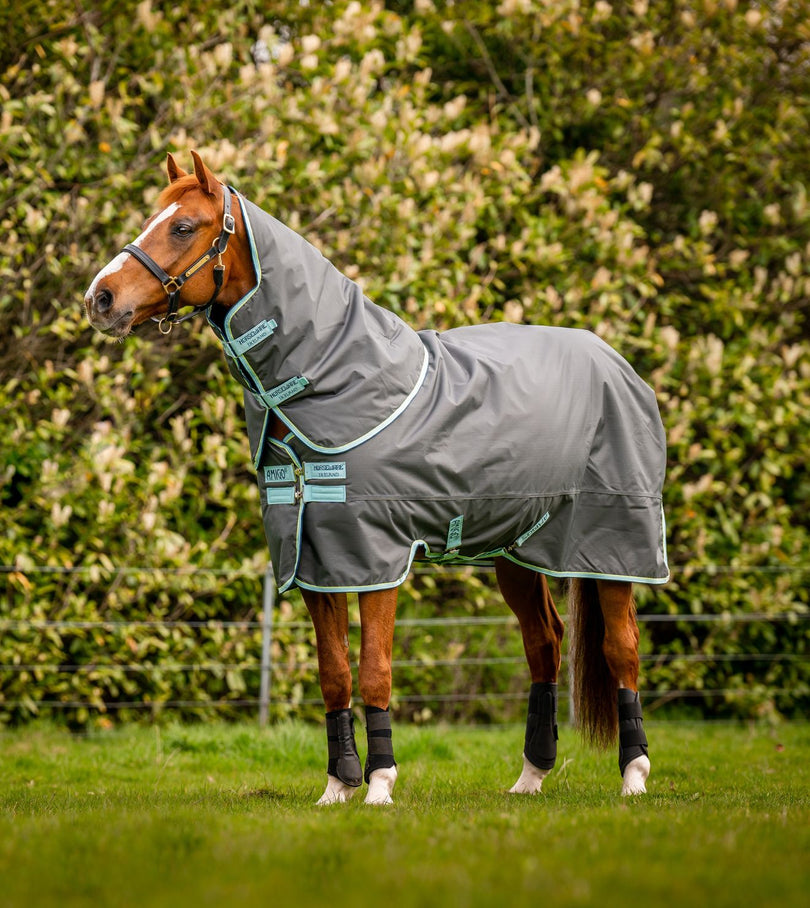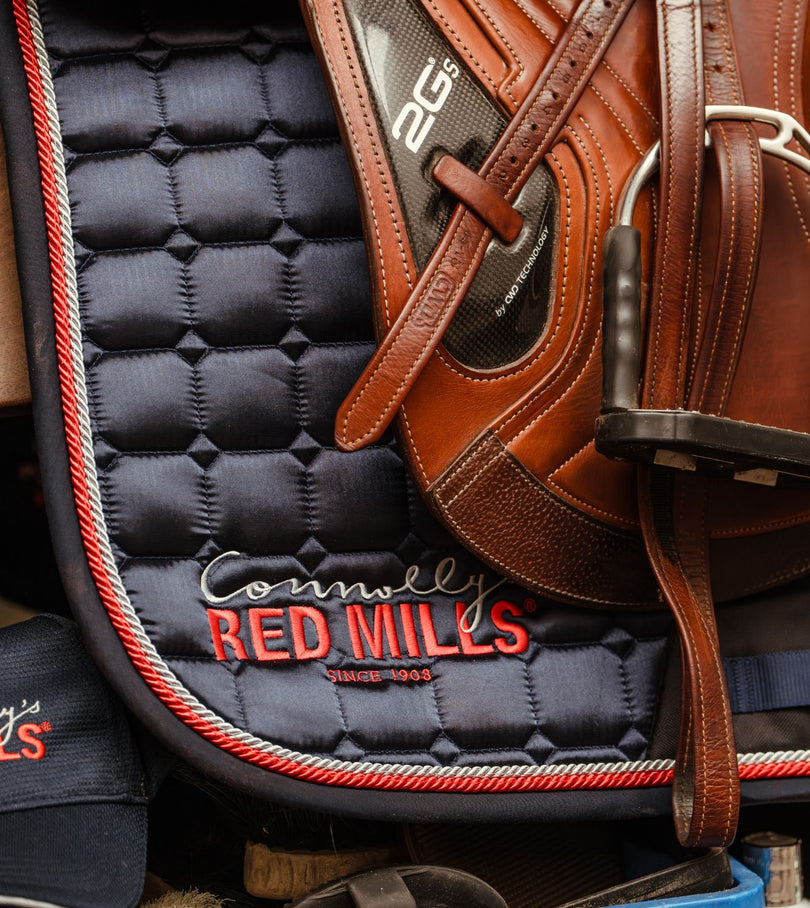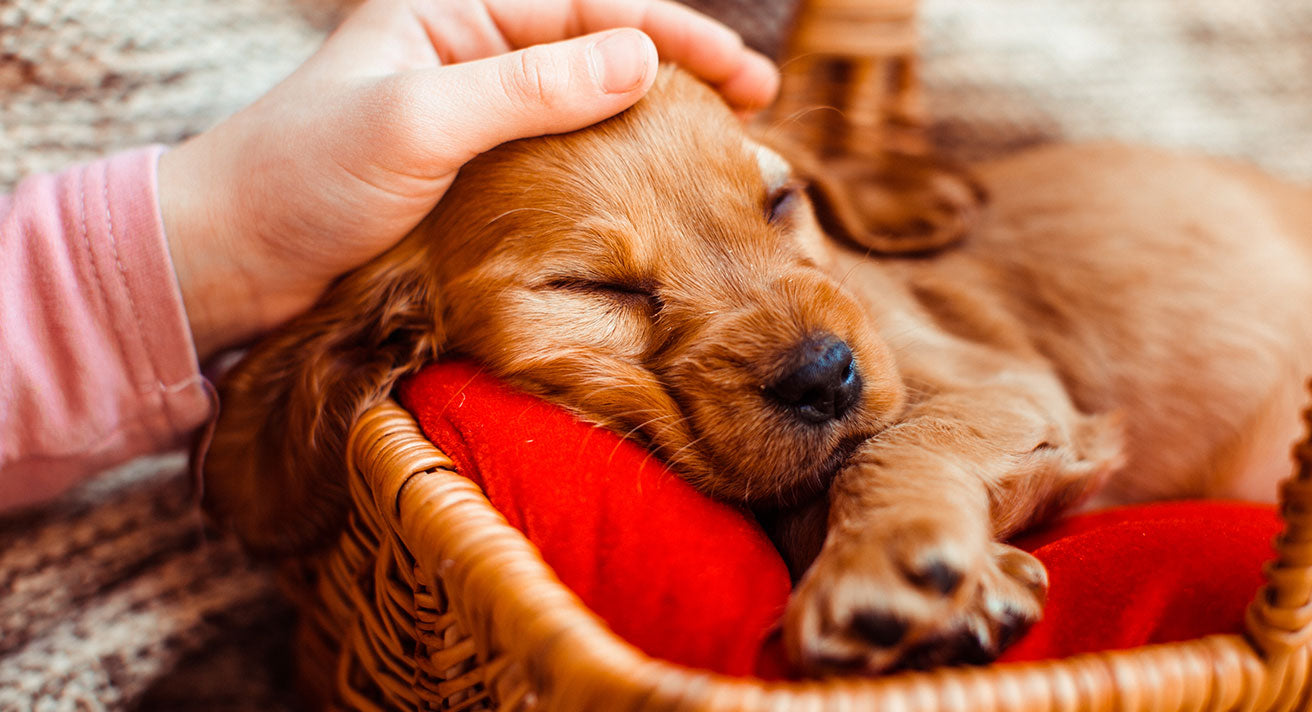Blog by Irene Hislop
An Irish legend tells of a king who left his wolfhound to protect his baby. When he returned, he saw the dog’s mouth dripping blood. Furious, he killed the dog. Only then did he find the child safely in their crib with a dead wolf on the floor.
The story strikes a chord. We think our dogs would do anything to protect our family, but we also know that our dogs can sometimes have a more tempestuous relationship with our families.
Children and dogs often form deep bonds, but it doesn’t happen by magic. Every dog is capable of snapping, and children aren’t born understanding that their actions can frighten or hurt a dog. Likewise, dogs don’t instinctively know how to deal with human children.
The Beauty of Boundaries
The key rule is that dogs and young children should be either separated or supervised. If separated, they should have a door or other barrier between them that neither can open. Supervision means engagement. Many bites happen when an adult is nearby but not engaged. It isn’t enough to tell a toddler not to pull the dog’s ear from across the room.
Your dog should have a quiet place to retreat to, and your child should understand it is a no-go zone and they must ignore the dog. Likewise, your child should have some place to play without the dog.
Having a set of clear rules can help a child.
- When the dog is in their crate, leave them alone. No getting into the dog’s crate or bed.
- Only gentle pets on the back and shoulder. No touching the dog’s face or pulling any part of the dog. Many owners are surprised to learn that hugs are a common precursor to bites.
- No sharing food or going near when the dog is eating.
- Always approach the dog calmly. Never surprise a dog.
- Let sleeping dogs lie. Don’t disturb them.
- No screaming at or near the dog.
- Playing fetch is fine, but no tug of war type games. (It’s too easy for the dog to accidently bite fingers.)
- Always leave it to an adult to correct the dog.

Teaching Children How Canines Communicate
Children should learn the warning signs of an unhappy dog: tail between legs, ears back, head low, yawning or licking lips, and wide eyes. These are a red light telling people to stop, be calm and keep a distance. Kids should also know the green light signals dogs give, such as a doing the play bow.
Of course, communication is a two-way effort. Your dog needs to learn how to behave with children. Ideally, young pups will be socialised with children. But most dogs can learn, even as seniors, how to behave safely with children. Offer praise and rewards for good behaviour. With close supervision, your child can offer the dog some of their favourite healthy treats when they’ve behaved well. Once your dog knows the command to sit, practice having your dog sit at the first sign of them getting excited or defensive around children. This disrupts the dynamic and gives you a chance to redirect the children.
Very often dogs and children become fast friends. It just takes some work from the parent to make it happen smoothly and safely.

